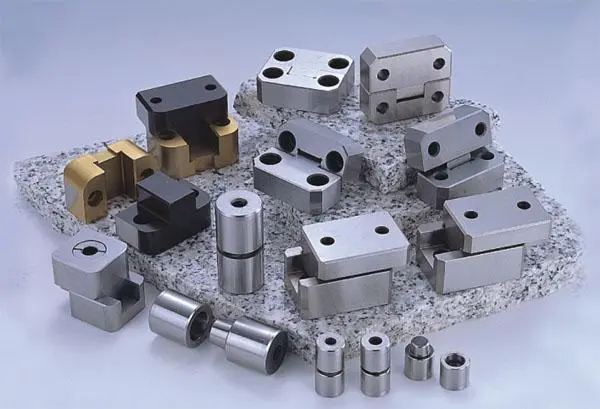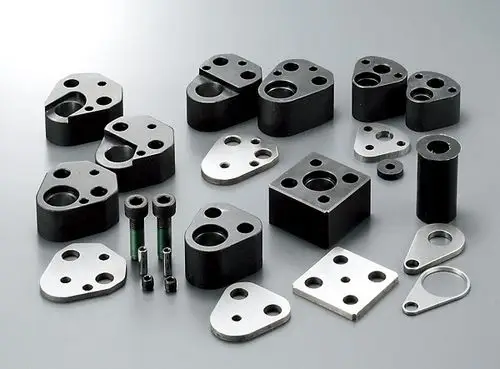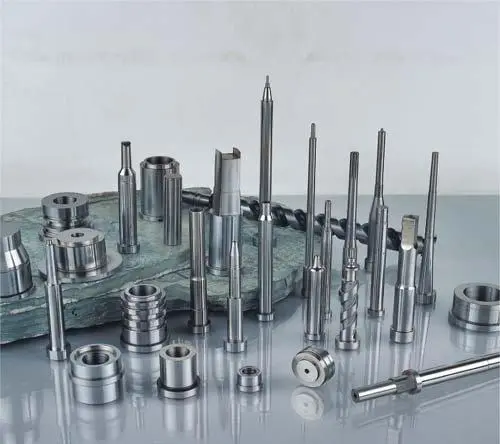News
Application and Development of Integrated Molding in the Medical Field
In today's medical field, continuous innovation and advancement in technology have brought patients higher quality and more efficient medical services. As an advanced manufacturing technology, integrated molding is gradually playing an important role in the medical industry.
In today's medical field, continuous innovation and advancements in technology have brought patients higher-quality and more efficient medical services. Integrated molding, as an advanced manufacturing technology, is gradually playing an important role in the medical industry.
The applications of integrated molding in the medical field are extensive. In the manufacturing of medical devices, such as disposable syringes and infusion sets, integrated molding technology ensures high precision and consistency, meeting stringent medical standards and hygiene requirements.
For example, instruments used in minimally invasive surgery, with their complex shapes and delicate structures, rely on integrated molding for their creation. This technology can produce instruments with tiny channels and precise components, improving the accuracy and safety of surgery.
In the area of medical consumables, integrated molding also demonstrates significant advantages. For instance, in the mold design and plastic molding of wound dressings, the breathability, water absorption, and antibacterial properties of the material can be precisely controlled, providing an ideal environment for wound healing.
In the production of medical implants, integrated molding is indispensable. Items such as artificial joints and the casings of pacemakers require a high degree of conformity to the human physiological structure, while also possessing good biocompatibility and mechanical properties. Through integrated molding, molds can be customized according to individual patient differences, producing implants that perfectly match the patient's body, improving treatment effectiveness and quality of life.
Development Trends of Integrated Molding in the Medical Field:
Material Innovation Trends: In the future, more new medical-grade plastic materials will be developed and applied in the integrated molding process. For example, materials with better biodegradability will be used for temporary medical aids; materials with superior comprehensive properties such as strength and toughness will be used for load-bearing implants; and smart materials that react to temperature, acidity, and alkalinity may also be introduced to better monitor and adapt to the internal human environment.
Digitalization and Intelligence Trends: The deep integration of digital technologies such as 3D printing with integrated molding. On the one hand, complex mold prototypes can be quickly produced using 3D printing, followed by mass production; on the other hand, parameter monitoring and quality control during the production process will become more intelligent, with sensors and big data analysis used to adjust molding parameters in real time to ensure product quality stability and consistency. Simultaneously, the development of intelligent design software will make mold and product design more efficient, precise, and personalized.
Miniaturization and Refinement Trends: As medical technology develops towards the microscopic field, such as nanomedicine, integrated molding technology needs to be able to manufacture smaller and more refined medical components and instruments. For example, miniature devices for precise targeted drug delivery and more refined vascular stents.
Green, Environmentally Friendly, and Sustainable Trends: In the production process, environmentally friendly production processes and material recycling models will emerge. For example, reducing energy consumption and waste emissions during mold processing, and recycling and reprocessing medical plastic products.
Multi-Technology Integration Trends: Integrated molding technology will be integrated with other advanced manufacturing technologies (such as laser processing, plasma surface treatment, etc.) and biotechnology (such as cell culture technology, etc.) to expand application scenarios in the medical field. For example, creating a microenvironment conducive to cell growth on the surface of implants.
The development of integrated molding in the medical field also faces some challenges. First, the medical industry has extremely high requirements for product safety and quality. The integrated molding production process must strictly follow relevant regulations and standards, which places strict demands on the quality management system of manufacturing enterprises.
Second, the R&D cycle of medical products is long and the investment is large. The application of integrated molding technology requires close cooperation with medical R&D teams, conducting numerous experiments and verifications to ensure product reliability and effectiveness.
However, with continuous technological advancements and innovations, the prospects for integrated molding in the medical field are very broad. The development of materials science provides more high-performance, biocompatible plastic material choices for integrated molding. The application of digital design and manufacturing technologies makes mold design more precise and efficient, and the control of molding processes more intelligent.
Some successful cases have also demonstrated the enormous potential of integrated molding in the medical field. A certain medical device company used integrated molding technology to produce a new type of cardiovascular stent that not only has good support performance but also significantly reduces the incidence of complications.
In short, integrated molding, as an advanced manufacturing technology, has brought new development opportunities to the medical field. In the future, with continuous improvement and innovation of the technology, it will play an even more important role in the medical industry, making greater contributions to human health.



